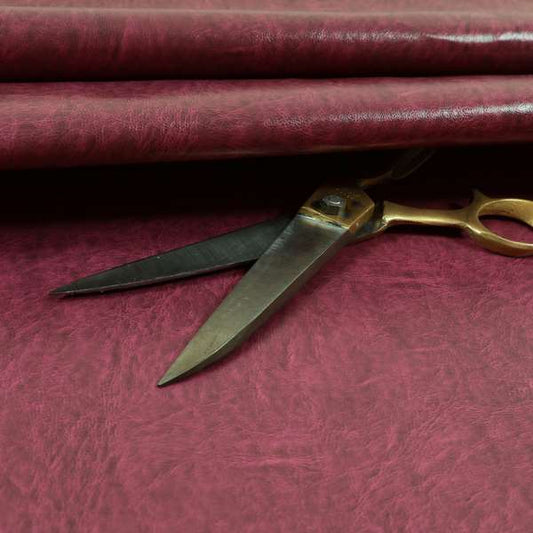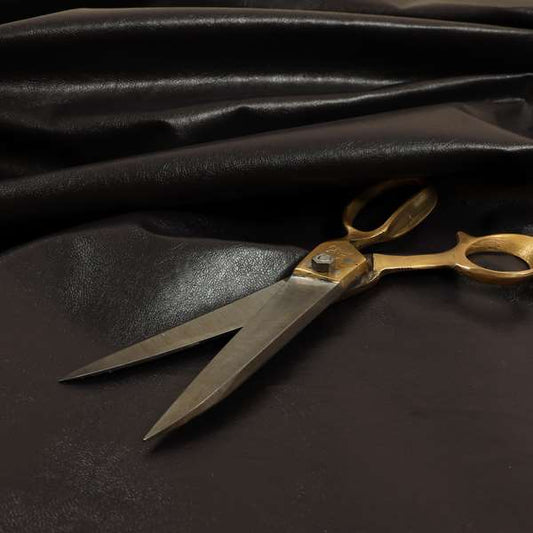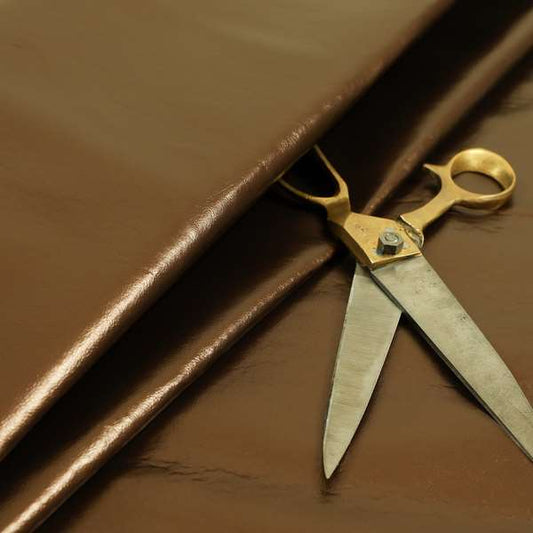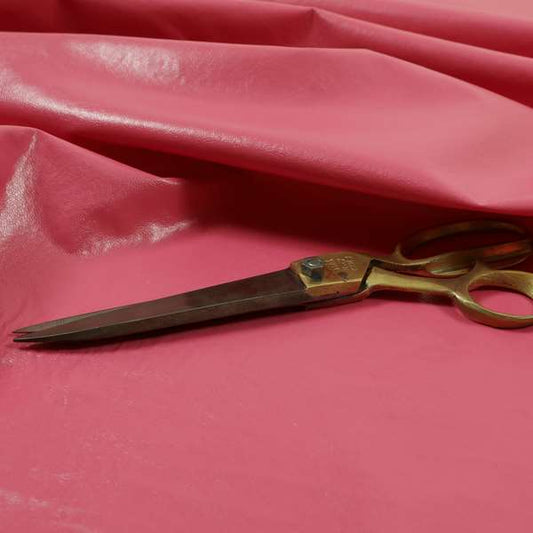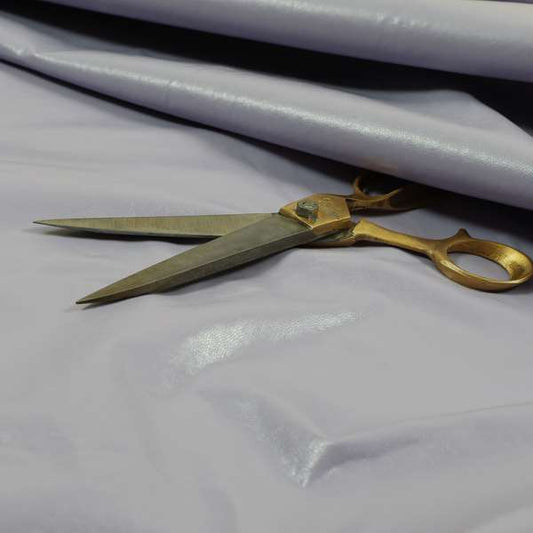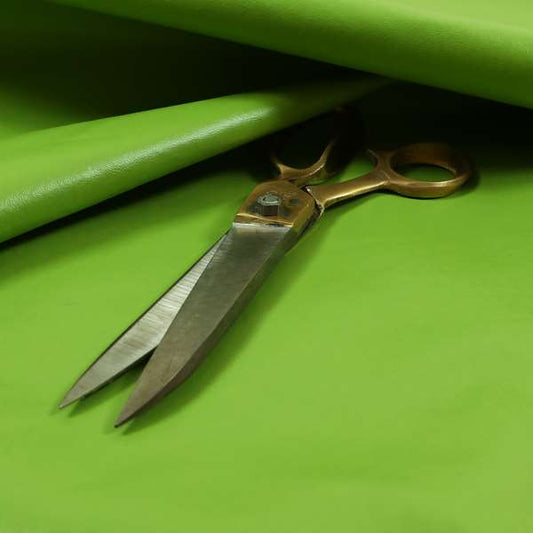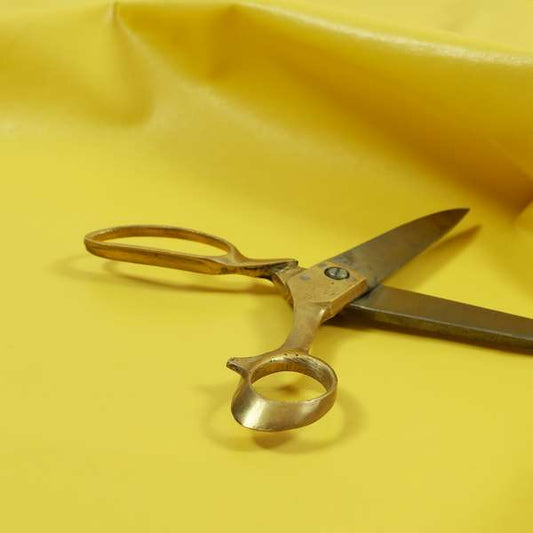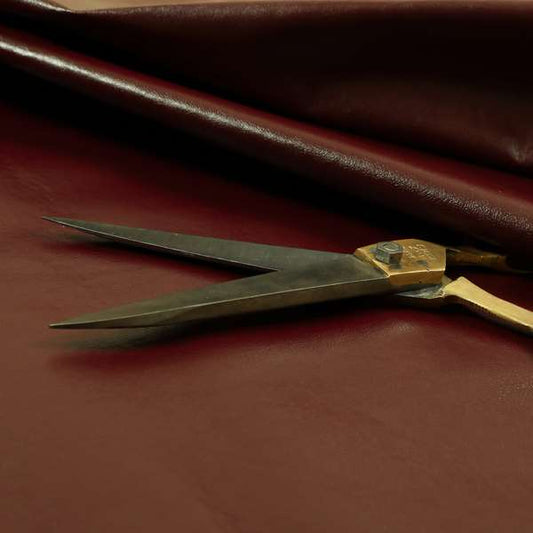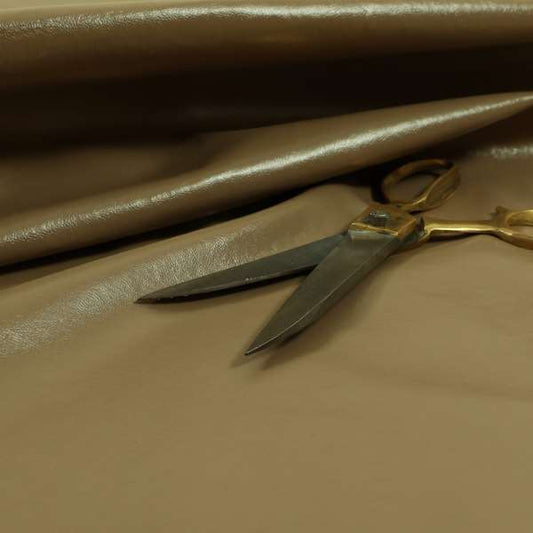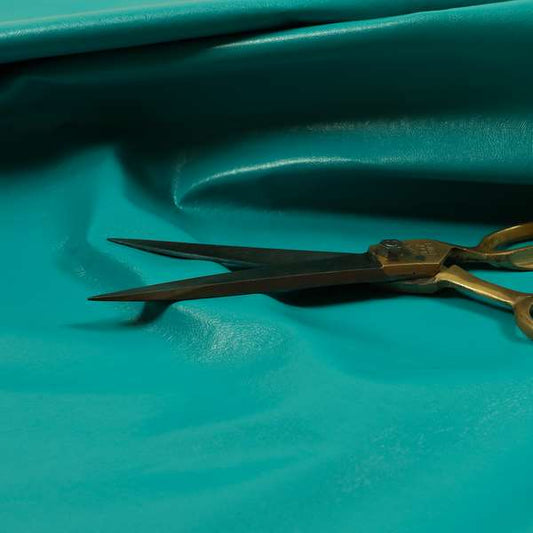Collection: Capelli Faux Leather Fabric Collection
The Capelli Faux Leather Fabric Collection represents a significant advancement in the textile industry, combining aesthetic appeal with functional durability. Faux leather, also known as synthetic leather or vegan leather, is increasingly favored in various applications, including upholstery, fashion, and accessories, due to its versatility and ease of maintenance.
One of the primary advantages of faux leather is its environmental impact. Unlike traditional leather, which requires extensive resources for animal husbandry and processing, faux leather is produced from synthetic materials, often derived from polyurethane (PU) or polyvinyl chloride (PVC). This shift towards synthetic alternatives has been driven by a growing consumer demand for sustainable and cruelty-free products. According to a report by Grand View Research, the global faux leather market is expected to reach USD 45.72 billion by 2025, growing at a compound annual growth rate (CAGR) of 6.2%.
The Capelli Faux Leather Fabric Collection by Yorkshire Fabric Shop is designed to mimic the texture and appearance of genuine leather while offering enhanced durability. The collection features a range of colours and finishes, allowing for creative flexibility in design. The fabric is resistant to wear and tear, making it suitable for high-traffic areas, and is easy to clean, which is a crucial factor for upholstery applications.
In terms of performance, faux leather typically exhibits superior resistance to stains and spills compared to natural leather. This characteristic is particularly beneficial in environments where maintenance is a concern, such as homes with children or pets. Additionally, faux leather does not require conditioning or special care, further simplifying its upkeep.
When considering the Capelli Faux Leather Fabric Collection for upholstery projects, it is essential to evaluate the fabric's specifications, including its weight, thickness, and stretchability. These factors can significantly influence the fabric's suitability for specific applications. For instance, heavier weights may be more appropriate for furniture upholstery, while lighter weights could be ideal for fashion accessories.
Moreover, the collection adheres to industry standards regarding safety and environmental impact. Many faux leather fabrics are produced with low-VOC (volatile organic compounds) materials, contributing to healthier indoor air quality. This aspect is increasingly important as consumers become more aware of the implications of their purchasing decisions on both personal health and the environment.
In conclusion, the Capelli Faux Leather Fabric Collection offers a compelling alternative to traditional leather, combining aesthetic appeal with practicality and sustainability. Its diverse range of applications, coupled with its ease of maintenance and durability, makes it an excellent choice for both consumers and designers alike. As the demand for sustainable materials continues to rise, faux leather is poised to play a pivotal role in the future of the textile industry.
Become the newest member of our Designer's Club!
Become the first to be informed of new arrivals, exclusive products, discounts, workshops and so much more
- Choosing a selection results in a full page refresh.
- Opens in a new window.


